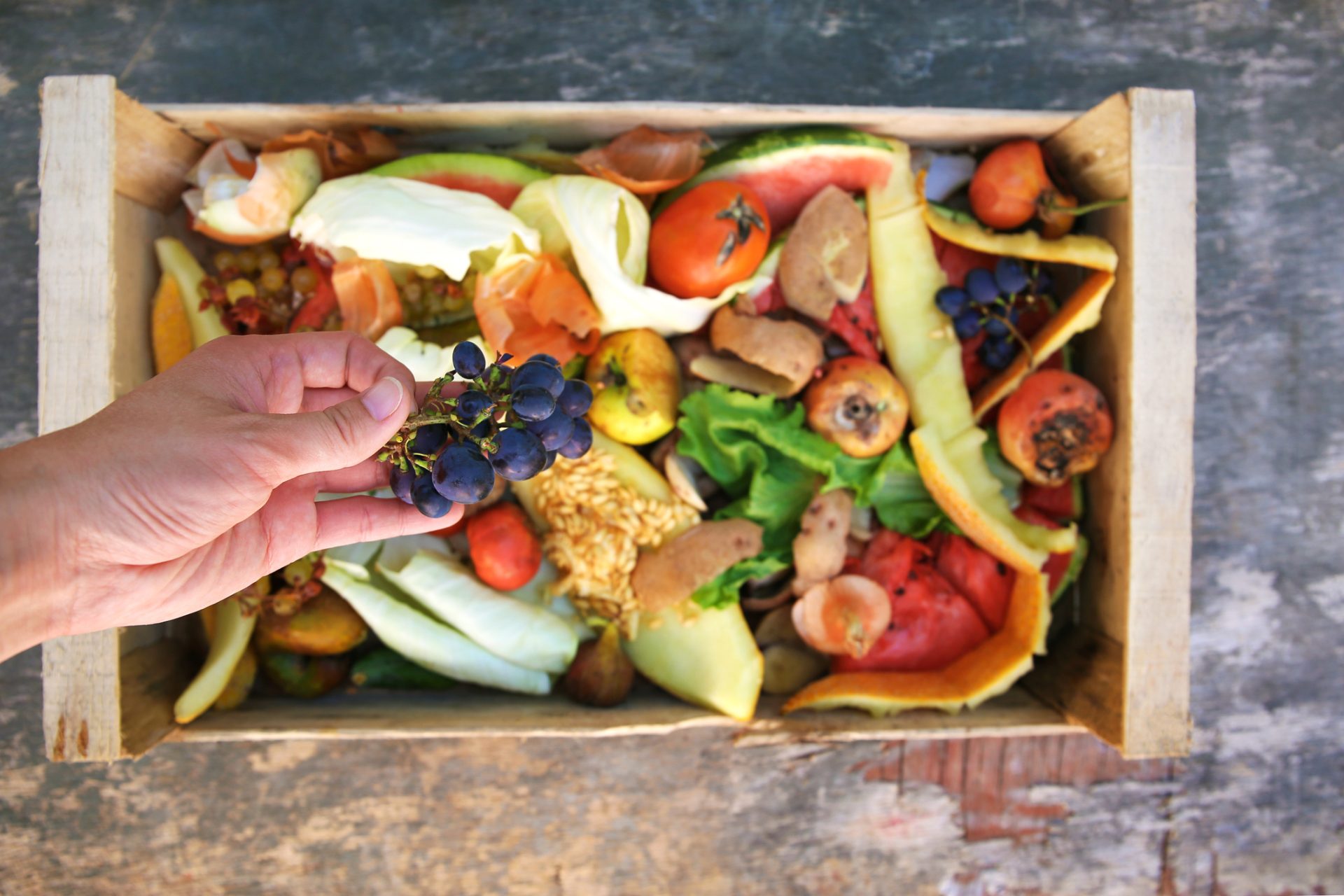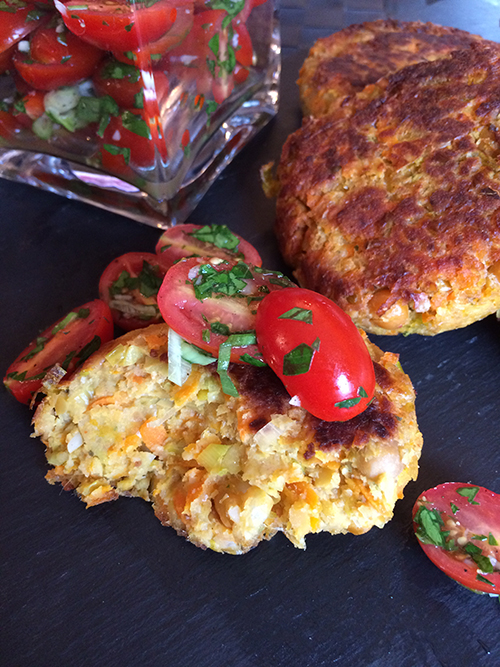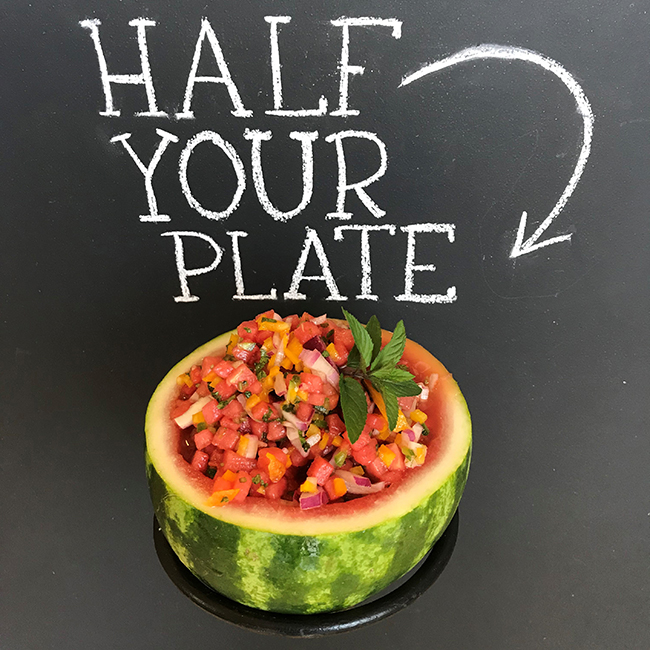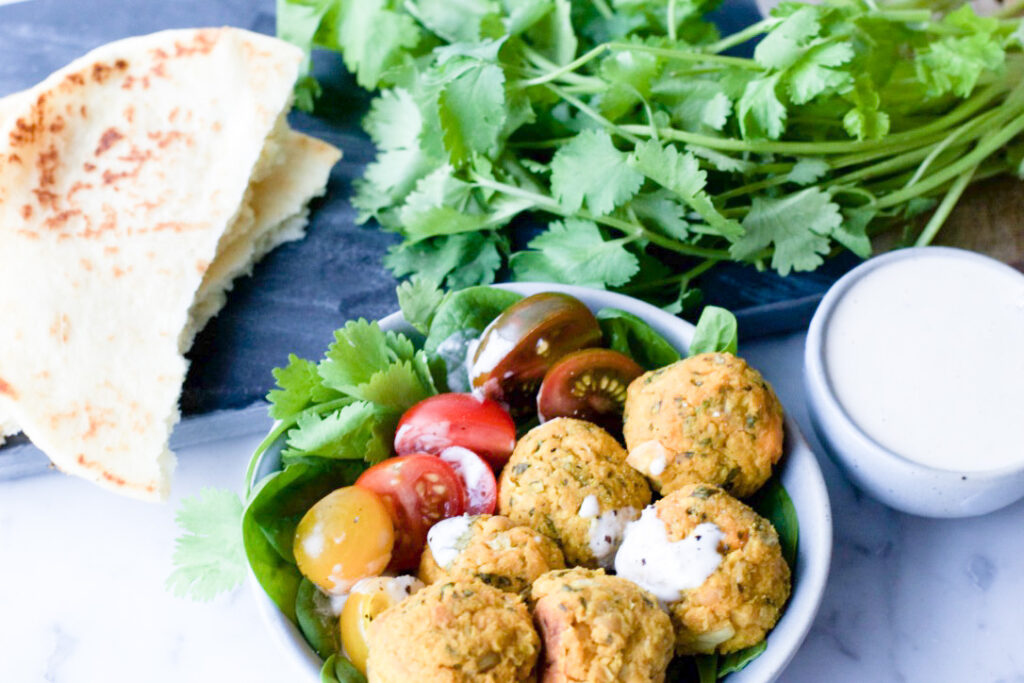Discover tips to reduce food waste
At Half Your Plate, we love talking about fruits and vegetables. We also know how perishable fruits and vegetables can be. This month, we have teamed up with Love Food Hate Waste Canada, to help fight produce waste.
Discover 7 tips on how to store and save some of the top wasted fruits and vegetables.
Q: Can you tell me a bit more about Love Food Hate Waste Canada?
Our goal at Love Food Hate Waste Canada is to prevent household food waste by helping Canadians make their food go further and waste less. We share simple and actionable tips to help consumers save money, save the planet, and make every bite count.
Q: What are some important statistics that Canadians should know about?
Our Benchmark Study1 confirms that 63% of the food Canadians throw away could have been eaten. For the average Canadian household that amounts to 140 kilograms of wasted food per year – at a cost of more than $1,300 per year! All types of food are wasted, but in Canada the most commonly wasted foods by weight are vegetables and then fruit.
Q: How is Love Food Hate Waste Canada helping consumers to reduce their produce waste?
Food is often wasted because we buy too much, cook too much or don’t store it correctly. At Love Food Hate Waste, you can find inspiring food-saving recipes and resources to help your produce go further. For example, our A-to-Z food storage guide shares how to store and use the most commonly wasted fruits and vegetables in Canada.
1. Apples

To prevent wrinkled apples in your home, store them in the fridge instead of on the counter. Apples quickly ripen and spoil if left at room temperature—apples ripen six to 10 times faster at room temperature than in your fridge! If your apples are past their best, you can add them to smoothies, chutneys, curries, or stew them into an apple sauce. Our favourite is baking them into a crumble.
2. Lettuce

The best way to avoid lettuce going bad at home is to store it in the fridge and check on it often! Lettuce should be kept in their original packaging or loosely wrapped in a damp cloth. If your lettuce has gone limp, give it an ice bath and it’ll quickly crisp up for your meal’s side salad.
3. Tomatoes
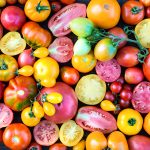
If your tomatoes are going bad, they can be frozen and used later for sauces and soups. If you have bruised or overripe tomatoes, you can transform them into savoury tomato jam, salsa, or a frittata.
4. Bananas

Bananas are one of the only fruits that should be kept on the counter or in the pantry in a cool location. To slow the ripening of your bananas, wrap and seal the stems together with plastic wrap. Once they are ripe, pop them in the fridge. The peel will turn black from the cool air, but the inside is perfectly fine and should last a couple more days. If you can’t eat the ripe bananas all at once, peel them and freeze them for later use.
5. Citrus Fruits

Citrus fruits like oranges, lemons, and limes, are often put in fruit bowls on the counter. However, they should actually be left in the fridge. Keeping citrus in a bowl of water in your fridge can help your fruits retain their moisture and freshness for a couple months. All citrus fruit can be peeled, sliced and frozen, or juiced into ice cube trays and frozen for adding to drinks. You can also use citrus fruit peels to infuse water.
6. Grapes

You may also be tempted to display grapes in a fruit bowl, but they are best kept in the fridge as well. You can freeze grapes as a tasty snack or for blending into smoothies. Please note, frozen grapes are not for young children, as they are a choking hazard.
7. Onions
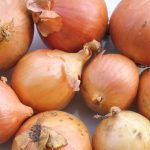
The cupboard is the best place to store onions. Onions (yellow, red or white) are best stored in a cool, dry, dark place. Contrary to popular belief, onions and potatoes are not friends! Store these items separately. If you only need half an onion, keep the rest stored in the fridge. Spring or green onions are also best stored in the fridge. To use up leftover onion, add it to a vegetable stock, soup or stew!
Q: Where can Canadians go to find out more about Love Food Hate Waste Canada?
Learn more food-saving tips and tricks at www.lfhw.ca. and follow us on Instagram, Facebook and Twitter.
References:
1. Food Waste in the Home – Love Food Hate Waste Canada
About Love Food Hate Waste Canada
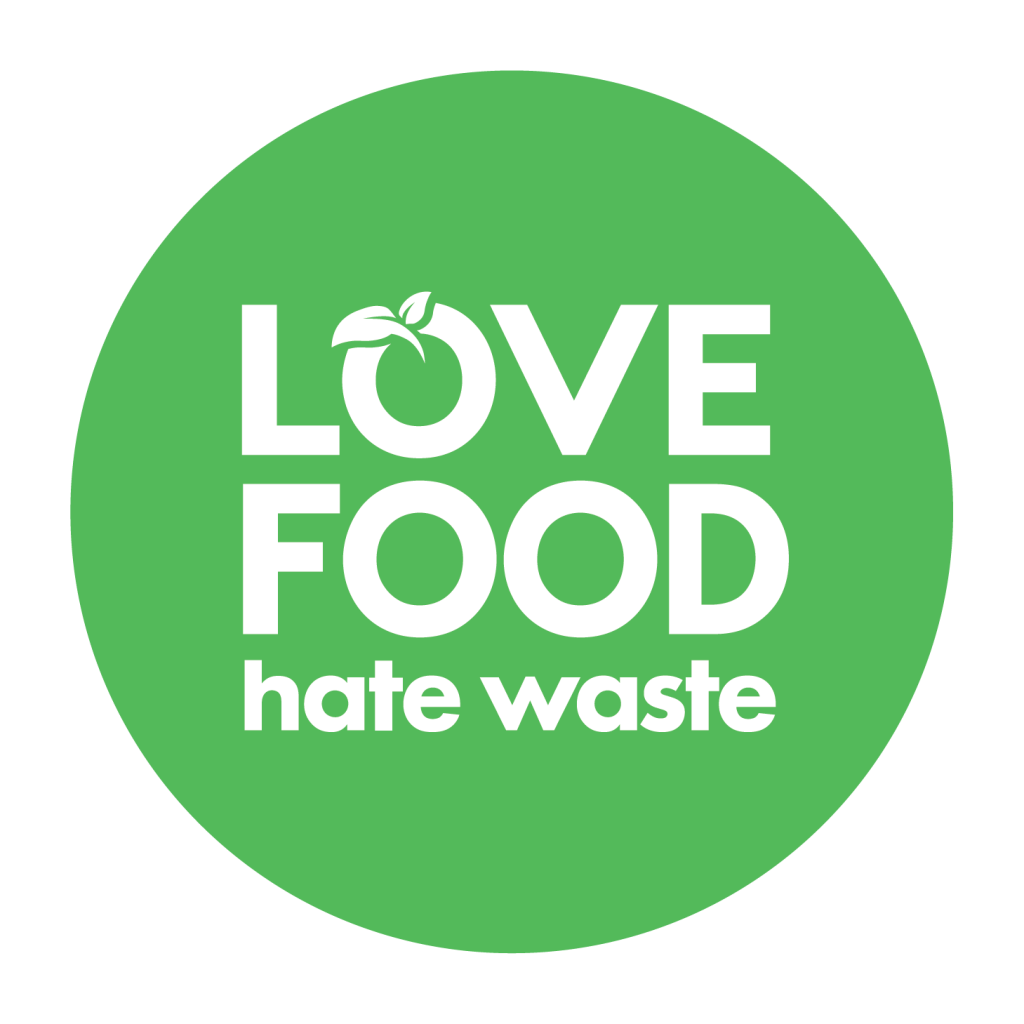
Love Food Hate Waste Canada is Canada’s leading resource to prevent household food waste – helping Canadians make their food go further and waste less by offering simple and actionable tips. Love Food Hate Waste Canada is led and delivered by the National Zero Waste Council, in collaboration with the following campaign partners: The City of Toronto, City of Vancouver, City of Winnipeg, RECYC-QUÉBEC, the Capital Regional District, Metro Vancouver, Recycling Council of Alberta, and major Canadian food retailer, Walmart Canada.
